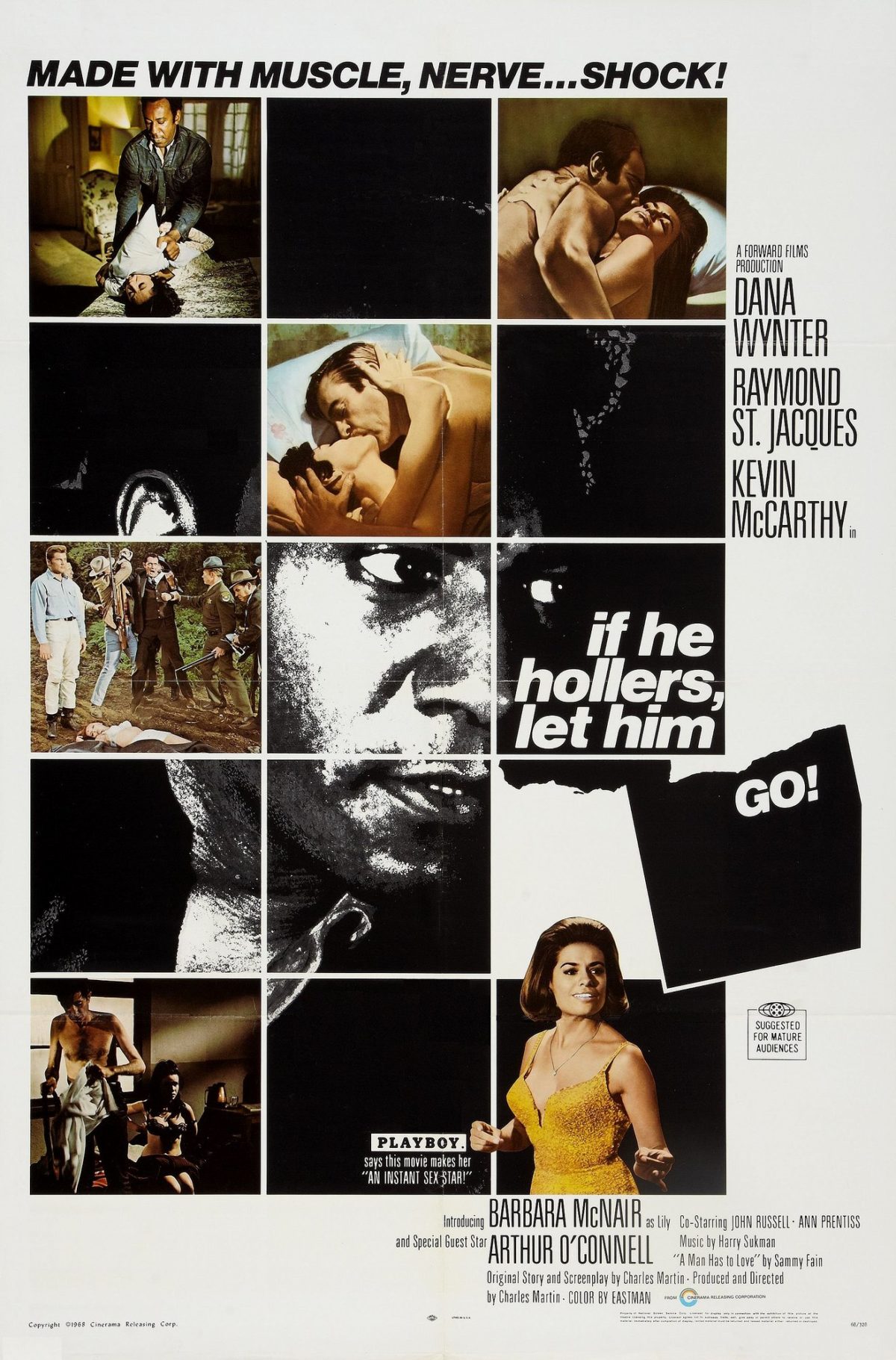In this section of the course, we have begun to explore the role of black women in the Noir genre, and in literature in general. Blanche on the Lam is our first encounter with a black female protagonist. In the pieces of literature which focused on black male protagonists, one thing which was central was black men trying to understand their masculinity and assert their power. In Blanche on the Lam, the protagonist, Blanche, is not focused on what it means to be a woman, but rather is focused on surviving and taking care of the people in her life. While Blanche is the protagonist of the story it is not in the same way that the black male protagonists are like Bob and Hugh. Blanche is still in the background, which could be seen as a reflection or commentary on the invisibility of black women in literature and in society.
When examining the role of black women in society, they have often been pushed to the background. The civil rights movement is an example of this. Although women did have somewhat of a role in the movement, they were often pushed to the background, and have now become forgotten in the story of this historical period. Rather, it is the men that are remembered. This is also reflected in literature. In the works we have read throughout the semester, black women are either not present, or play a supporting role to black men. In “The Oppositional Gaze – Black Female Spectators,” the author explains that “black women have written little about black female spectatorship, about our moviegoing practices…The prolonged silence of black women as spectators and critics was a response to the absence, to cinematic negation” (118). Black women are invisible in the world of cinema, literature, and history. In a way, while the protagonist of Blanche on the Lam is a black woman, the book still reflects this invisibility that black women experience.
While on the lam, Blanche tries hard to blend and attempts to lean into this invisibility which is thrust upon black woman: “The sheriff didn’t bother to respond. He simply turned from her to Everett, dismissing her with his lack of interest” (80). Simultaneously, it is interesting that Blanche has a lot of self-awareness, knowing that society picks and chooses when a black woman is visible. Blanche knows what would make her vulnerable to society: “A running black person was still a target of suspicion in this town, even if the runner was a woman” (6). This sense of self-awareness and knowing how to navigate this world shows that Blanche, in a similar way to the women who have developed the oppositional gaze, does not see herself as invisible. Although society has attempted to make Blanche feel invisible and push her to the background of the historical narrative, she doesn’t really let that affect her sense of self in the same way the male protagonist let society affect their sense of masculinity. Blanche can be seen as choosing to oppose that narrative by going on the lam, reclaiming her agency, and choosing to stay with this family and solve this mystery.

I really enjoyed reading your blog post! I also liked your point on how black woman’s invisibility is reflected in our history by using the civil rights movement as an example. I also like your point that even though Blanche is the main character she does not take on the main role in her world which helped benefit her but it only benefitted her because she had no choice. It is also really sad that this invisibility is a true reflection of how life was back then for black women.